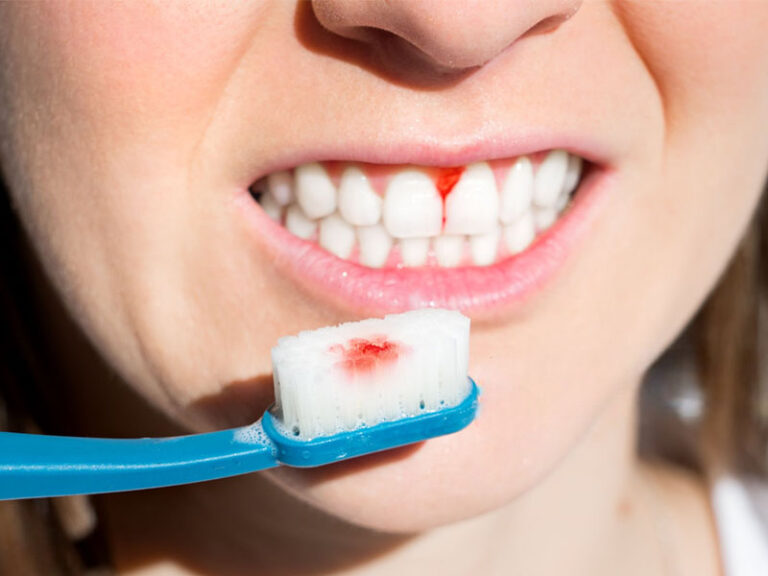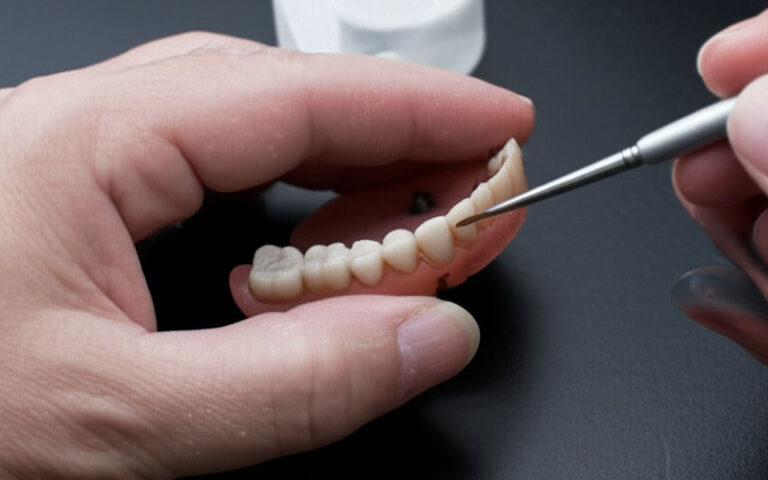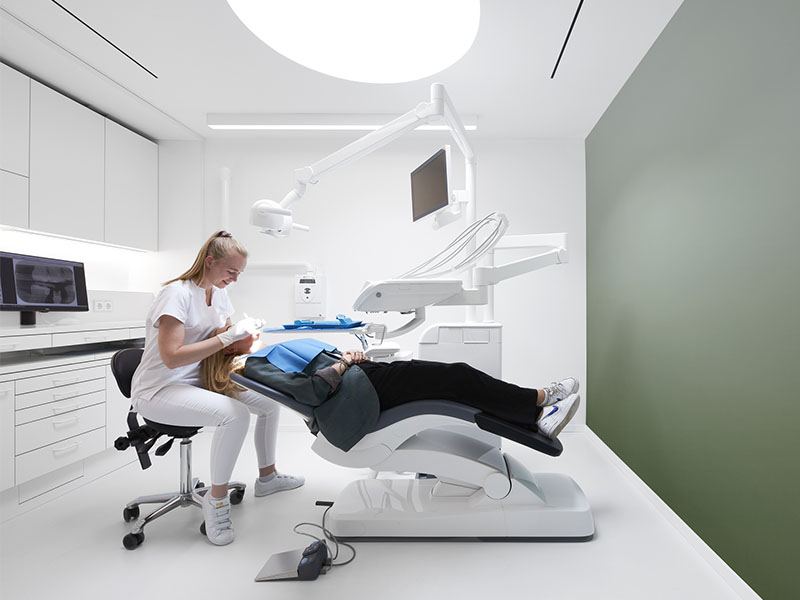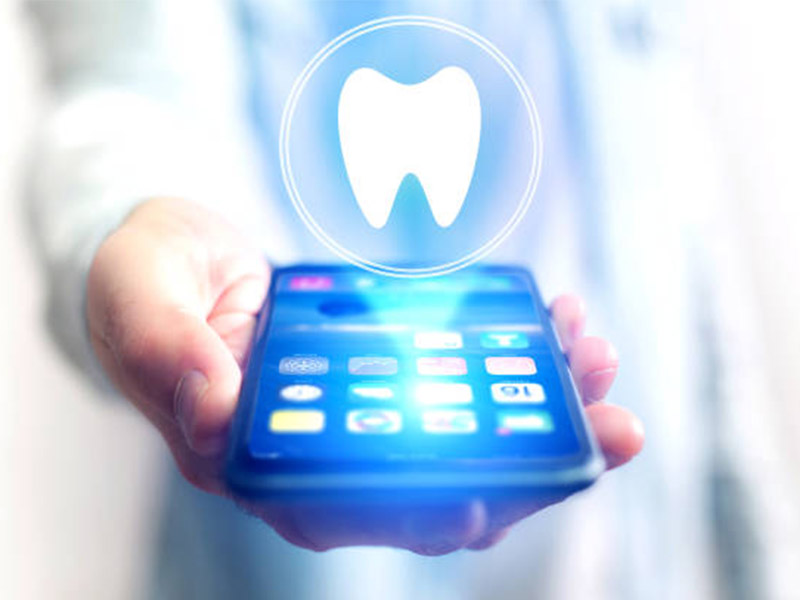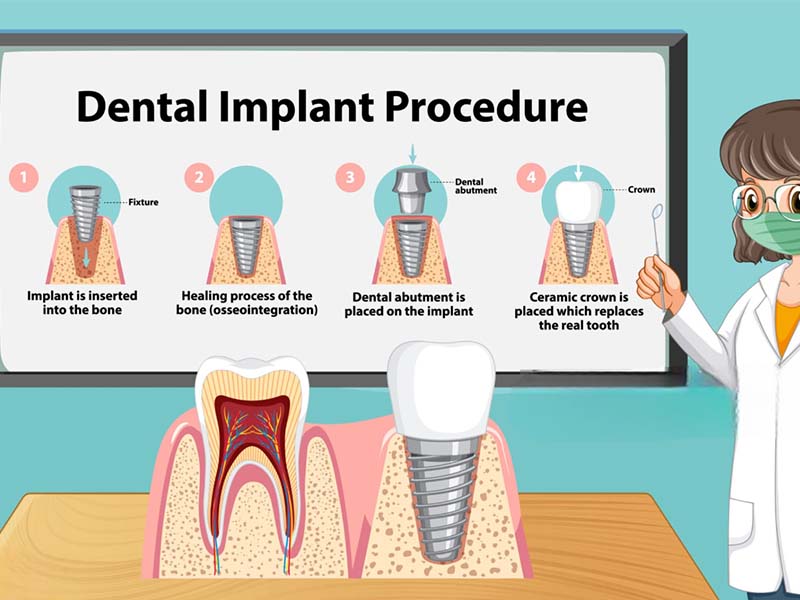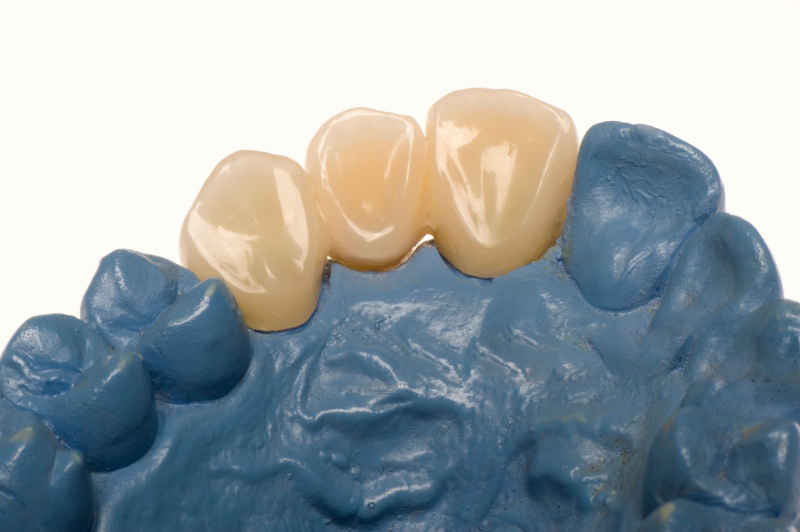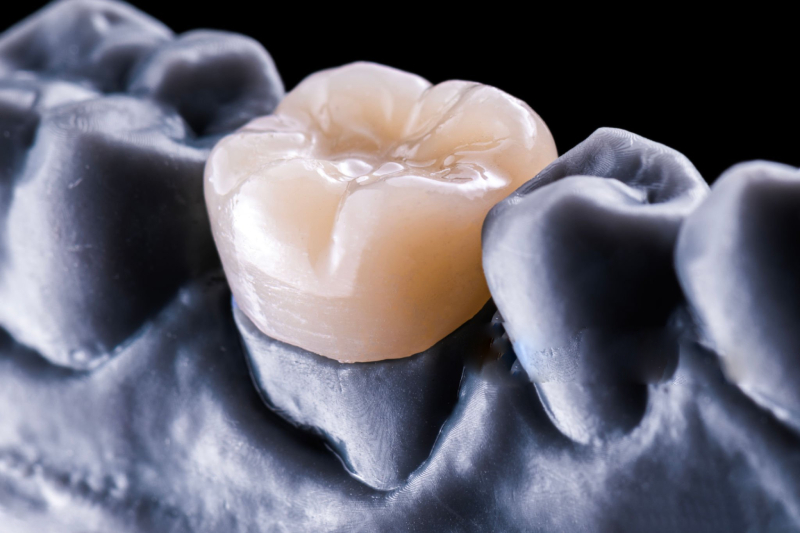
Best Temporary Crown Material: A Simple Guide for Dental Professionals & Patients
Over my years working in dentistry, I’ve learned that some of our most important work happens during those “in-between” times. Nothing shows this better than the temporary crown. At first, I thought of it as just a simple cover—a quick way to keep a tooth safe until the real crown came back from the lab. But it didn’t take long for me to realize that a temporary isn’t just a stand-in. The material you use to make it can mean the difference between a happy patient and a string of panicked phone calls.
A good temporary crown does more than just fill a gap. It guards the prepared tooth and the sensitive inside part. It keeps the teeth in the right place, helps the person bite normally, and protects the gums. If you’re working up front, it also keeps your patient smiling while they wait. Mess up the temporary and you can get pain, sensitivity, broken crowns, and sometimes even trouble with the final crown.
That’s why I want to tell you how I pick the right temporary crown material. It’s not about finding the one single “best” product. It’s about knowing what’s out there and choosing what’s best for the specific patient and situation.
Table of Contents
What Makes a Good Temporary Crown Material?
When I check out a new material or decide what to use for a case, I run down a simple list. Your material has to pass this test to make it into my office.
Number one: It has to be safe. How does it get along with the gums? I don’t want my temporary crown to make the gums red or sore. A bad material that gives off chemicals or feels rough can cause irritation, make it hard to get a good impression, and give you a bad fit for the real crown.
Next, is it strong enough? The temporary has to last for weeks, sometimes longer. Can it handle chewing? Will it crack easily? If it breaks, it means an extra visit, plus the tooth is left unprotected.
How does it look? Especially up front, the temporary should look like a real tooth. I want it to match the color, look shiny and natural, and not turn yellow after a few days—especially if my patient loves coffee or tea.
Does it fit well at the edge? If the material shrinks a lot when it sets, it leaves a gap. That gap is asking for trouble—sensitivity, leaks, or even a cavity under the temporary crown.
Is it easy to use? I want something quick and simple to work with, that sets the same way every time, and is easy to fix if something chips off.
Last but not least, what does it cost? I’ll never go cheap if it means bad results. But the price does matter, especially when you do this all day. I want something that does the job and doesn’t clean out my wallet.
The Main Types of Temporary Crown Materials
Let’s break down the options. Most temporary crown materials fit into three big groups. Each has things it’s good (and not so good) at.
Acrylic Resins (PMMA, MMA-based)
Acrylics—PMMA especially—have been used for ages. They’re the old-school pick.
- Pros: The biggest reasons to use acrylics are that they’re strong and don’t cost much. If you need a temporary to last for months, PMMA does the job. Chipped it? You can fix it easily right at the chair. Also, it polishes up nicely and looks good, at least at first.
- Cons: But acrylics have their downsides. First, they get very hot when they set. That can be uncomfortable for the patient and even hurt the tooth if you’re not careful. They also shrink a lot when setting, which can mess up the fit at the edge. And they have a strong, not-so-nice smell, and can bug both the patient and the dental team.
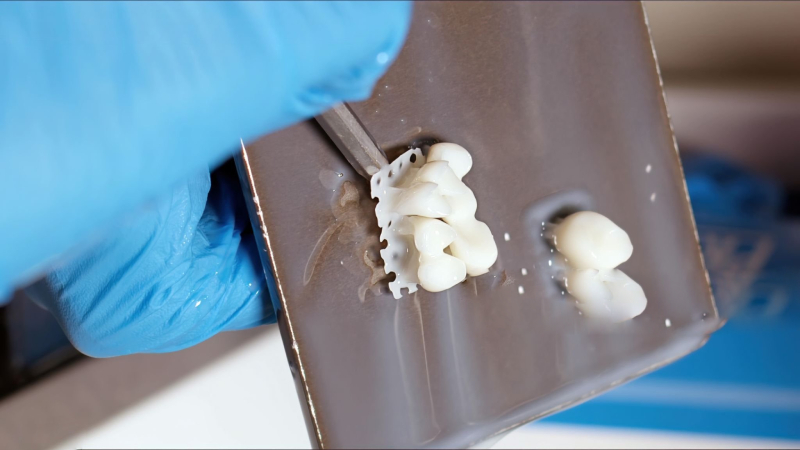
Bis-Acryl Composite Resins
Bis-acryl composites are what many modern dentists reach for, including me. Protemp and similar brands have made life easier.
- Pros: The best thing? They don’t get hot. This makes it far more comfortable for the patient and keeps the inside of the tooth safe. Shrinkage is much lower too, so you get a better fit. Using them is simple—just squirt out of a mixing tube, and you’re set. They look great, hold their shine, and don’t change color much. They’re also strong, so perfect for single teeth or small bridges.
- Cons: Nothing is perfect. Bis-acryls are more brittle than acrylics. They can snap if they’re too thin, so make sure you don’t make them too thin. Patching them isn’t as easy either—you’ll need to use a bonding agent. And they’re more expensive than acrylic.
Polycarbonate Crowns (Pre-formed)
These are your “grab and go” crowns. They come ready-made in all sorts of sizes.
- Pros: Speed is the big win here. Got a dental emergency? Grab one, snip to fit, fill, and put it on. Great if you’re in a hurry, or when working with kids.
- Cons: Fit isn’t usually good. Since they’re not customized, gaps at the edge are common. Color choices are limited and they can look a bit chunky. They’re not strong, so don’t use them for long. If they break, just toss and replace.
How I Choose: Picking the Best Material for You
So, which do I use? Here’s what goes through my mind every time.
- How long does it need to last?
If you get your real crown in two weeks, bis-acryl is great. If you need a temporary for up to a year, go with strong PMMA acrylic. If you just need something quick for the weekend, a polycarbonate crown will do. - Where is the tooth?
Up front, looks matter most. I want a beautiful color match and shine—bis-acryl usually wins here. For a back tooth, I’m thinking about strength. Bis-acryl or PMMA both work, depending on the case. - Does my patient grind their teeth?
Some folks have strong jaws or grind at night. For them, I want the strongest possible—usually PMMA. Bis-acryl could crack under too much pressure. - What does the patient care about?
Some patients are picky about how their temporary teeth look. Others just want the gap covered. I talk to the patient and make my plan based on what matters most to them.
When Things Go Wrong: Troubles You Might See
Even with the best materials, things can go sideways. Let’s talk about what goes wrong and why.
- “My temporary fell off!” This is the number one call we get. Often, it’s the glue, not the material. Or maybe the tooth prep is too short or slanted. A poor fit, usually from a shrinking material like old-school acrylics, can also be part of the problem.
- It broke or chipped. A busted temporary means the material wasn’t strong enough, or maybe it was too thin or in a tough spot. For example, putting a polycarbonate crown on a big back tooth is asking for trouble.
- The tooth is sensitive. Heat from acrylic, chemicals from the monomer, or a bad fit letting stuff leak inside can all make the tooth hurt. This is where bis-acryl wins—less heat and a better seal.
- Gums are sore or red. Usually this means a bad fit at the edge or a rough spot that’s collecting plaque.
- Bad taste or smell. If your temporary smells or tastes bad, something’s leaking. That’s a sign the seal at the edge is no good. It needs to be replaced.
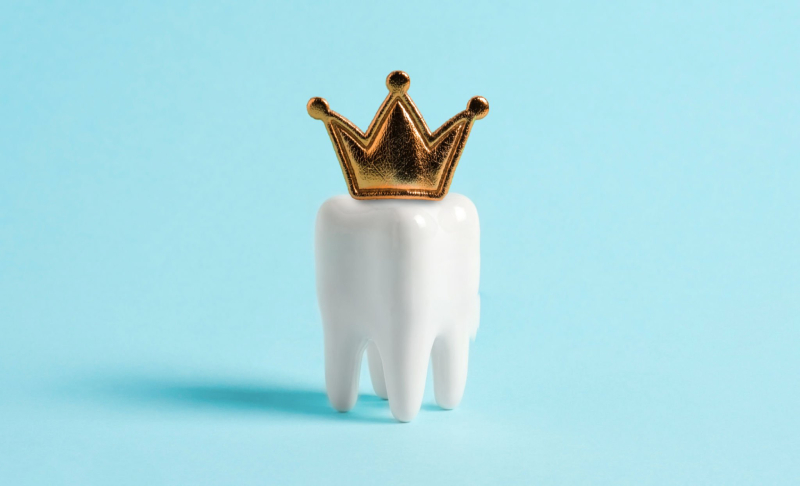
Doing It Right: Tips for Making and Taking Care of Temporaries
A great temp starts with good prep work. Always make a good matrix—a copy or mold of the tooth before you work on it.
When you’re making the temporary, follow the steps for the material. With bis-acryl, make sure you squeeze out a little before putting on a new mixing tip for a perfect mix.
Once you’re done, check the bite and polish it smooth. A smooth temp keeps gums healthier and feels nicer.
And don’t forget to teach the patient:
- Food: “Soft foods the first day. Later you can eat almost anything, but try not to chew nuts, sticky candies, or hard things with the new crown.”
- Hygiene: “Brush it like normal! When flossing, pull the floss sideways so you don’t pop the temp off.”
- Emergency: “If it comes off, don’t worry. Call us and we’ll fix it. You can pick up temporary crown glue at most drugstores if you need to stick it on, just until you see us.”
What’s Next: New Things in Temporary Crowns
Dentistry doesn’t stand still—neither do temporaries. Now, we can design a temporary crown by computer and make it right in the office from a solid piece of plastic. These new “milled” temporaries are super strong, super accurate, and look great. And, materials just keep getting better—scientists are adding tiny particles to make them stronger and easier to polish.
Final Thoughts: How to Pick the Right Temporary Crown Material
There’s no single “best” temporary crown material for everyone and every case. You have to match what the material does best—how strong it is, how good it looks, how safe it is, and how much it costs—to what your patient needs.
Most days, I use bis-acryl for single crowns and little bridges. They’re easy, comfortable for patients, and look great. But I always keep strong PMMA on hand for the tough, long-term jobs.
Know your materials. Understand where they shine and where they struggle. When you do, your patients will get temporary crowns that are not just “placeholders”—they’ll leave your office looking good, feeling good, and ready for their real crown.


